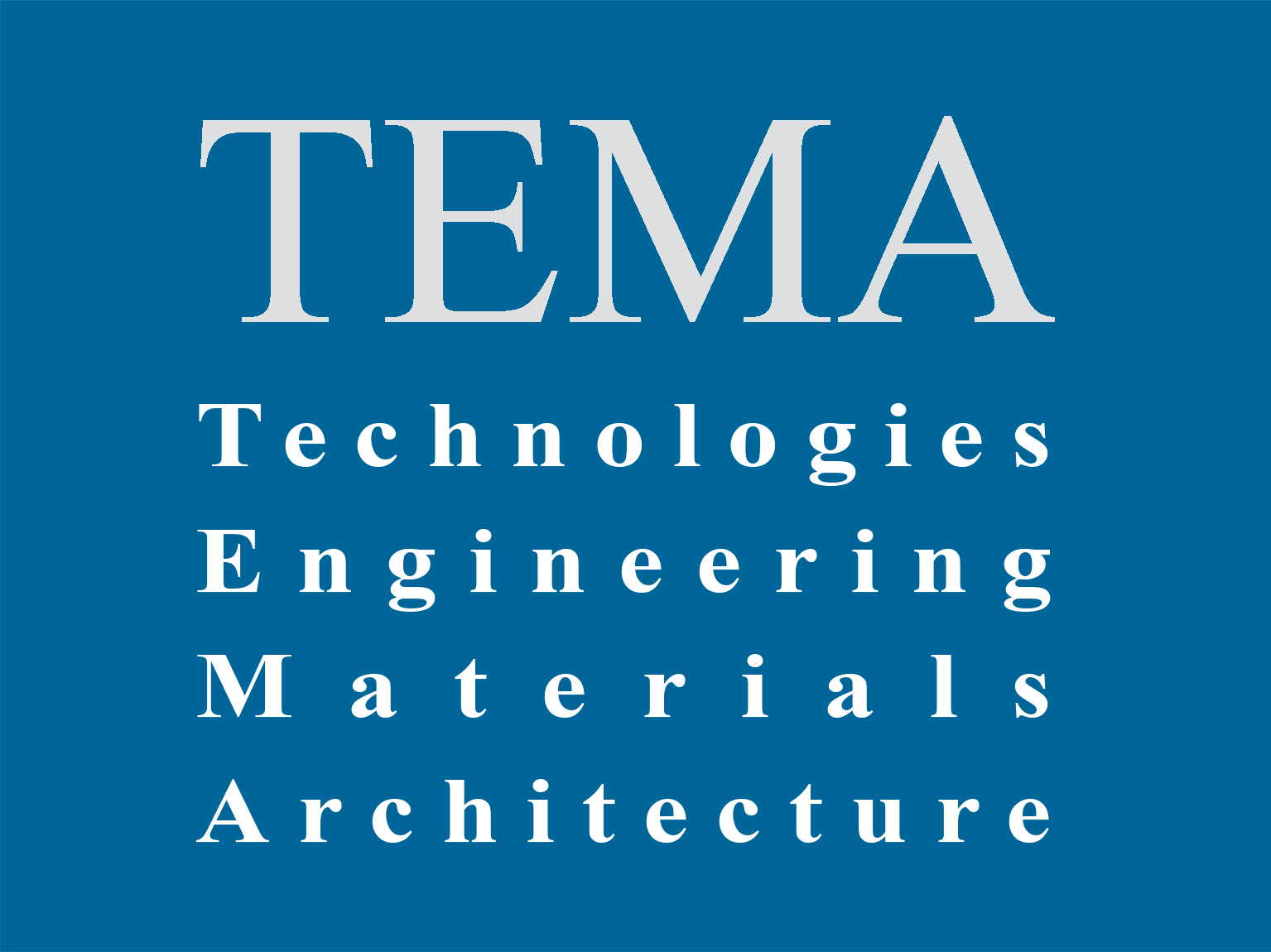Natural Language Processing (NLP) is a branch of Artificial Intelligence (AI) concerned with allowing computers to process natural human language. NLP is applied to solve several tasks in the design and construction process. However, in scientific literature, no applications are related to the pre-design phase and the processing of quality objectives and needs. The pre-design phase aims to reach a consensus between the stakeholders’ quality demands and the design solution, relying on written natural language. Human language is the most pervasive and richest form of human knowledge representation and communication; however, at the same time, it is ambiguous, prone to misinterpretations, and hardly machine computable. Moreover, the mandatory procedural steps of the public tender procedure exacerbate the risk of misinterpretations inherent in using natural language. The study provides a methodology to design, assess, and evaluate an NLP tool based on the latest language model (i.e., BERT) to translate quality demands sentences into an evaluation grid in the Italian public tender context. The methodology is validated against a case study of an educational facility tender. The first results show good accuracy and capability of the NLP system to translate natural language into a numerical grid to support communication and foster consensus among actors, clarifying the appointing party and end-user’s objectives to be reached via the design proposals.









